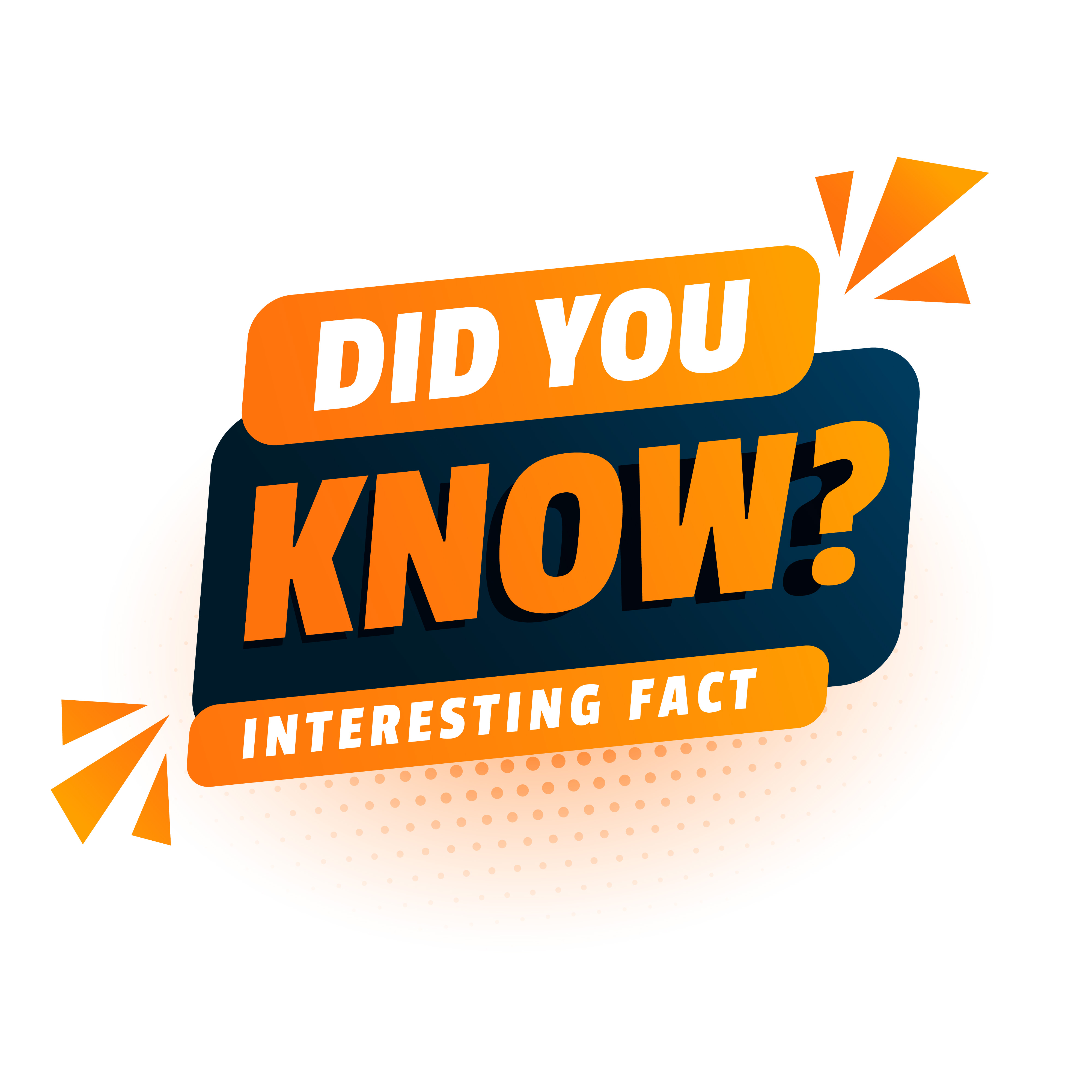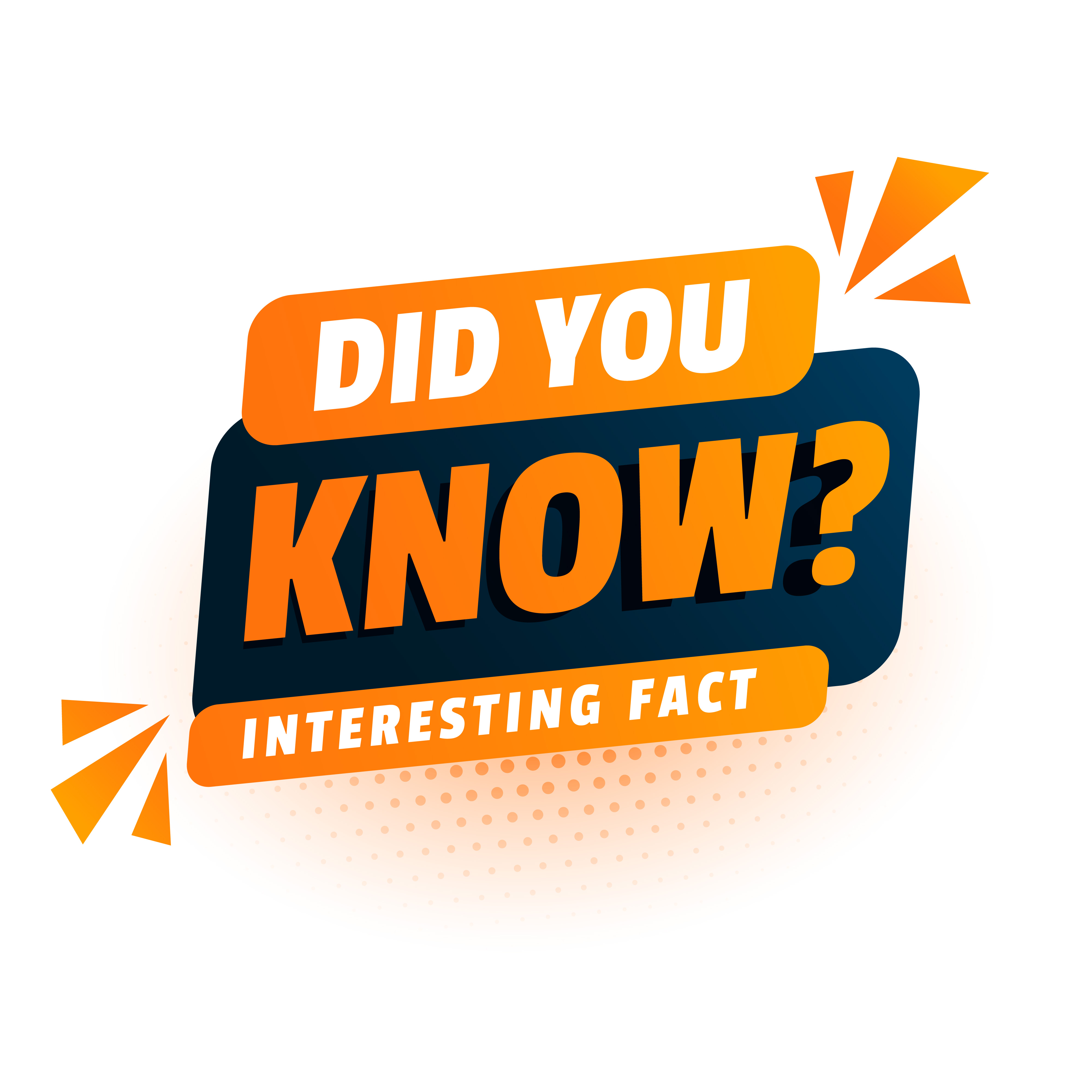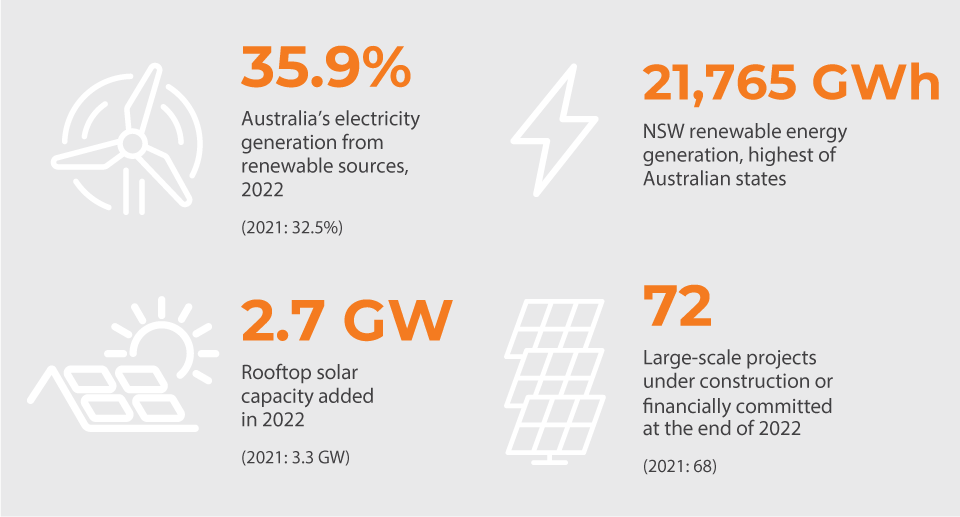
Image source: Scottish Government Flickr, CC-2.0
There are a range of industry trends that can deliver significant cost savings to the sector.
Circular economy
The move to sustainable technologies and practices also incorporates a seismic shift from our historically linear 'take-make-dispose' economy into a circular economy, which aims to stop waste from being produced in the first place. With a circular economy, our resources and materials stay in circulation for longer. This targeted approach aims to tackle climate change, biodiversity loss, waste and pollution.
The three main principles of a circular economy include:
- Eliminate pollution and waste.
- Circulate materials and products (at their highest value).
- Regenerate nature.
 Select to learn more
Select to learn more
Select the items on the image to reveal more information.

The move to a circular economy in Australia is currently being fostered through CSIRO's Circular Economy national research initiative. They are working to help Australia transition through technology design and implementation, new and advanced manufacturing, and economic, social and policy frameworks.
Their research aims to transform the nation's circular economy from its current state of 3.5% to 30% by 2030. This ambitious goal aims to create a $30 billion economic opportunity through a strategic, four-fold approach:
- Brokering transition partnerships and agreeing on a circular economy transition agenda.
- Developing the guidelines and principles required to transition, including criteria for the success of initiatives.
- Identify solutions that are tailored to opportunities and challenges in managing waste and creating economic and employment regional opportunities.
- Transforming procurement.
Source: https://www.csiro.au/en/news/All/Articles/2023/October/zero-waste-circular-economy
|
Clean energy trends

'In 2022, global energy transition investment matched investment in fossil fuels for the first time' (Clean Energy Australia Report 2023).
The Clean Energy Australia Report provides a snapshot into Australia's clean energy trends each year. The 2023 Report showed that 35.9% of electricity generated in 2022 was through renewable energy sources, an increase from 32.5% in 2021. The boom in the industry is apparent when you look at the data from 2017, when just 16.9% of our energy was through renewable energy.
Wind is continuing to lead the way as the most significant renewable energy generator overall, providing 35.6% of all renewable generation. Two new wind farms became operational in Victoria, the state that provides a third of Australia's wind generation. There are approximately 3.4 million Australian homes using rooftop solar PV systems, as of 2022. External factors impacting the cost of fossil fuel energy sources, such as the war in Ukraine, have renewed interest in solar installations.

Image source: Clean Energy Australia Report, p.7
Background Colour
Font Face
Font Kerning
Font Size
Image Visibility
Letter Spacing
Line Height
Link Highlight
Text Colour
